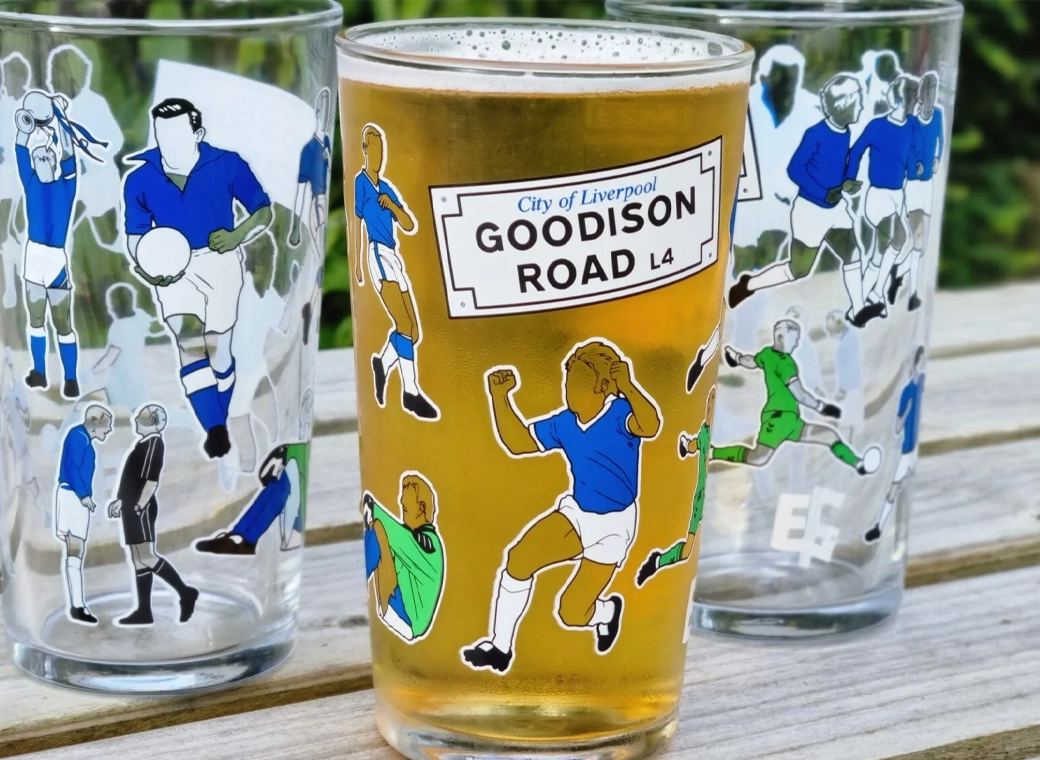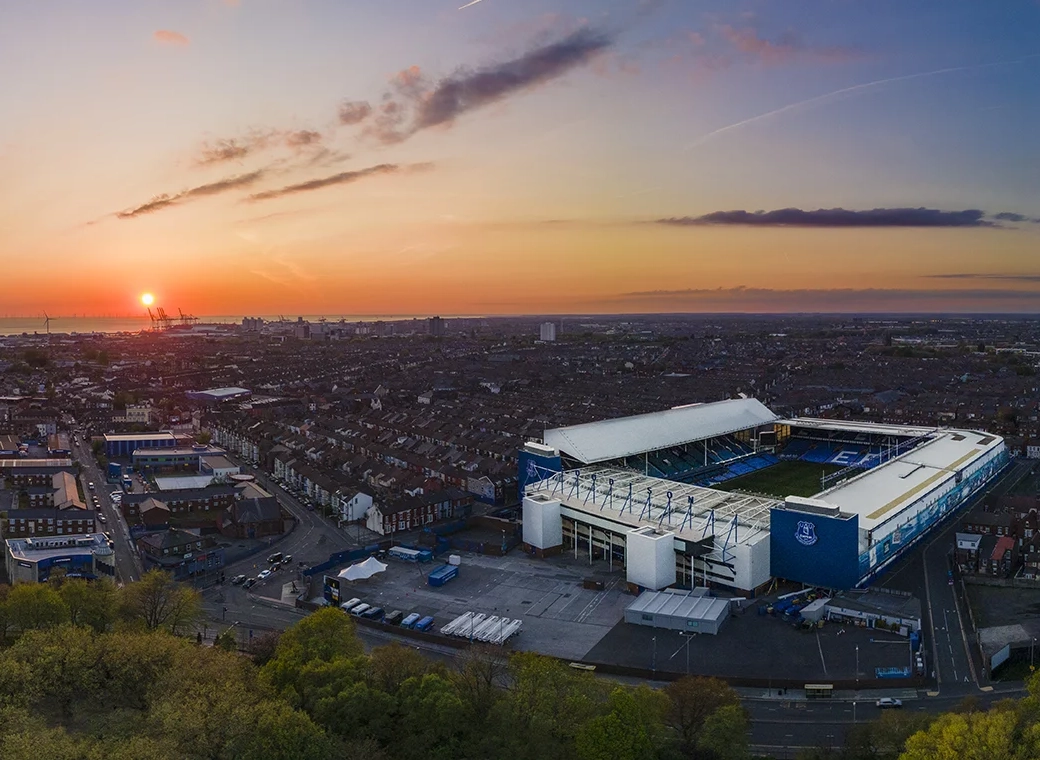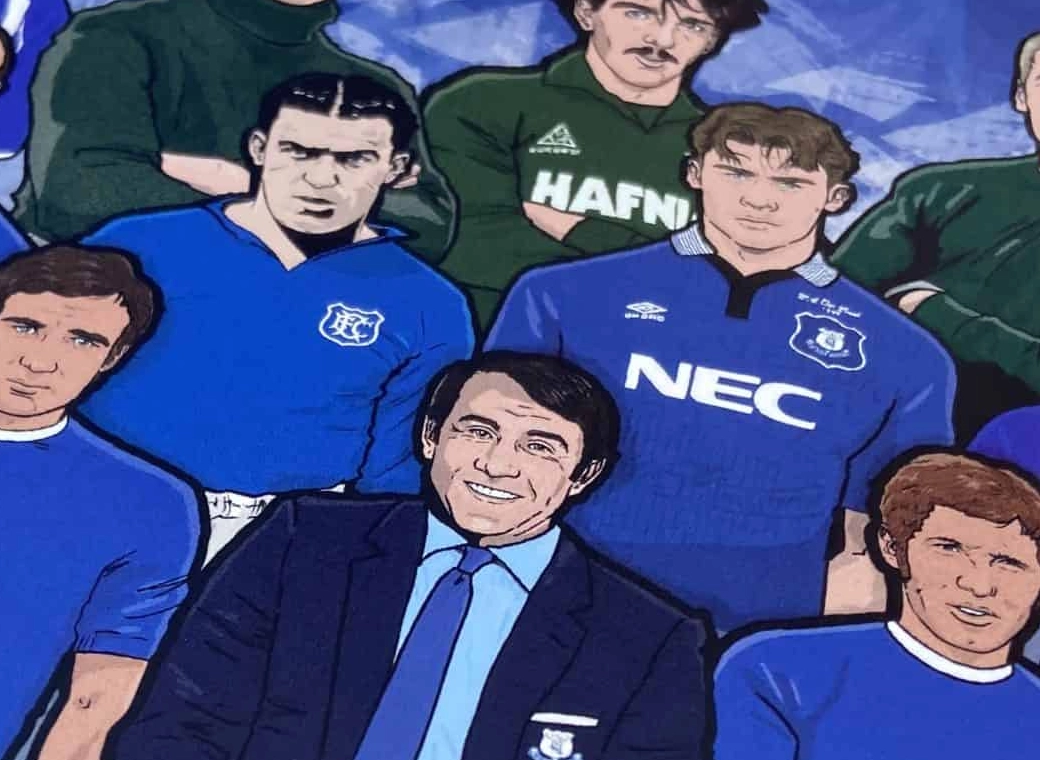Given that we've effectively made a contribution to the SORGL (P&L) through sales of the best part of £100M from transfer activity in the past 8 years our wage bill, debt situation & earlier transfer amortisation costs must be so high & other income (after TV income) so low as to render the club helpless - the lack of profit lays bare the obvious decline in our financial situation.
(thankfully) This £100M is the net gain represented by the dealings on sales that the club has made. Effectively all transfers in are met from the ability to fund it - both in terms of being able to pay the selling club & also the ability to meet the obligation to write off that cost over the life of the first contract - so the important factors are selling before buying & generating enough profit (elsewhere) to afford the purchases - to be financially stable enough to afford the hit over 4-5 years to the P&L.
So I'll break this down for you. Since the summer of 2004 the approximate income from sales is in the region of £135M - the most significant sales in monetary terms being Rooney (£27M), Lescott (£24M - less a 25% sell-on agreement with Wolves), Rodwell £15M, Johnson £11M, Arteta £10M. Rooney's net cost was Nil, Lescott's around £5M, Rodwell Nil, Johnson £8.5M (less £2-3M written off) & Arteta Nil (all transfer fees were written off years ago). These sales have brought in "profit" on sales and funding for transfers in (as well as obviously meeting other obligations).
Purchases amounted to £110M+ so the net inflow in cash terms (if we ignore the agent fees or loan costs which are harder to evaluate) is around the £20M mark. We surely would have met these costs for agent fees as the buyer. So we can absolutely put £20M into the bank from trading (simple maths). Furthermore we can look at the write-off on purchases - clearly a highly expensive cost to the club but the overall transfer trading position the club has managed has been very healthy indeed - which begs the obvious question that the club's day to day trading position is extremely parlous without transfer activity - namely those debt costs, wage costs, agent fees, amortisation of contracts, plus a low (non TV) income etc. All this with the sale of Bellefield thrown into the mix.
I think it's also worth noting that, with the possible exception of Yakubu (and that was only a £1M+ loss on NBV) Everton have not recorded a major loss on sale of a player (compared to the NBV) in all of Moyes years. Where the figure received was nil (at the end of a contract say) or less than the figure paid it has still been within acceptable boundaries for the purpose of increasing the net value of the business - for example Billy was purchased for £9M & sold 3 years later for £6M - this actually represents a gain of £2.4M on the books (given that 3/5 of his transfer fee was written off). Furthermore with only about £30M's worth of transfer fees paid on the current squad (of those purchased in the past 5 years who would still be on their first contract at Everton - namely Fellaini, Heitinga, Gibson, Jelavic & the re-signed Pienaar) the present Amortisation costs must be in the region of only £6-7M (although again I cannot estimate with any accuracy the true cost of a transfer when the agent fees etc. are included so it might be a couple of million more).
So that's all food for thought when you consider our position &, without regard for the state of the playing squad, at least we can be grateful that we trade well in the transfer market to keep the club afloat. The secondary factor I would mention is that our policy of buying young(ish) players (Sylvain & Pienaar (this summer) are major exceptions to that rule) & developing youth has been key to our progress in the past decade.









